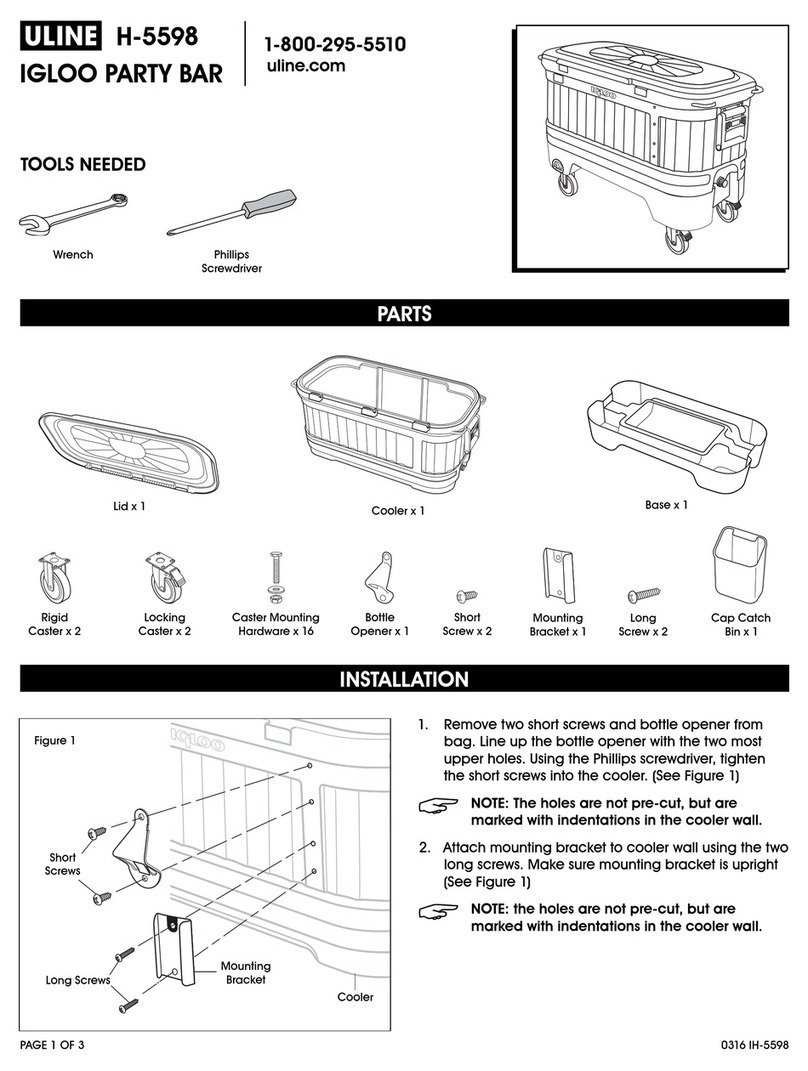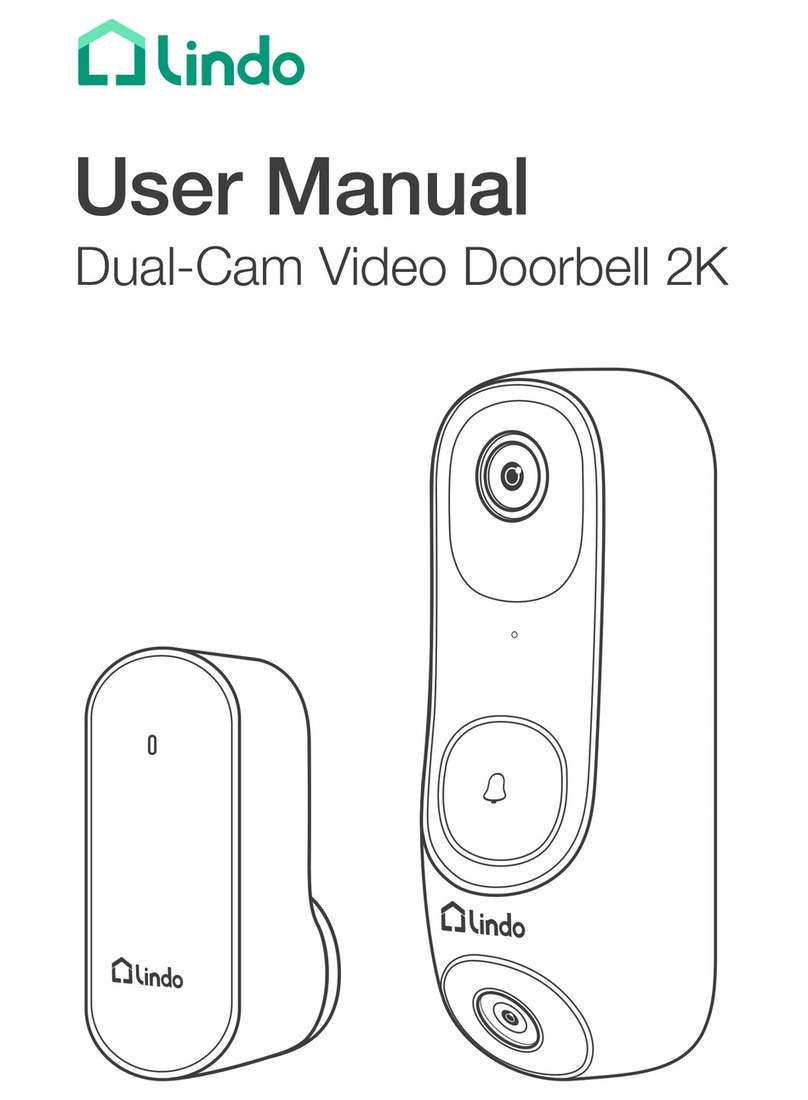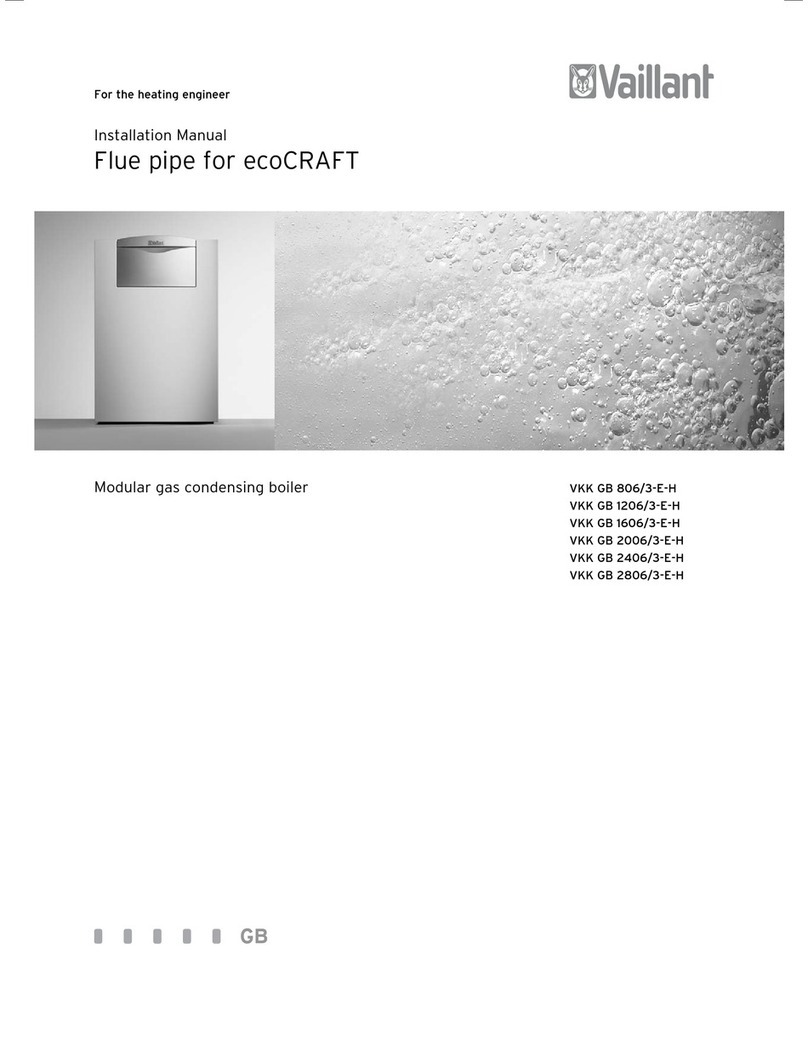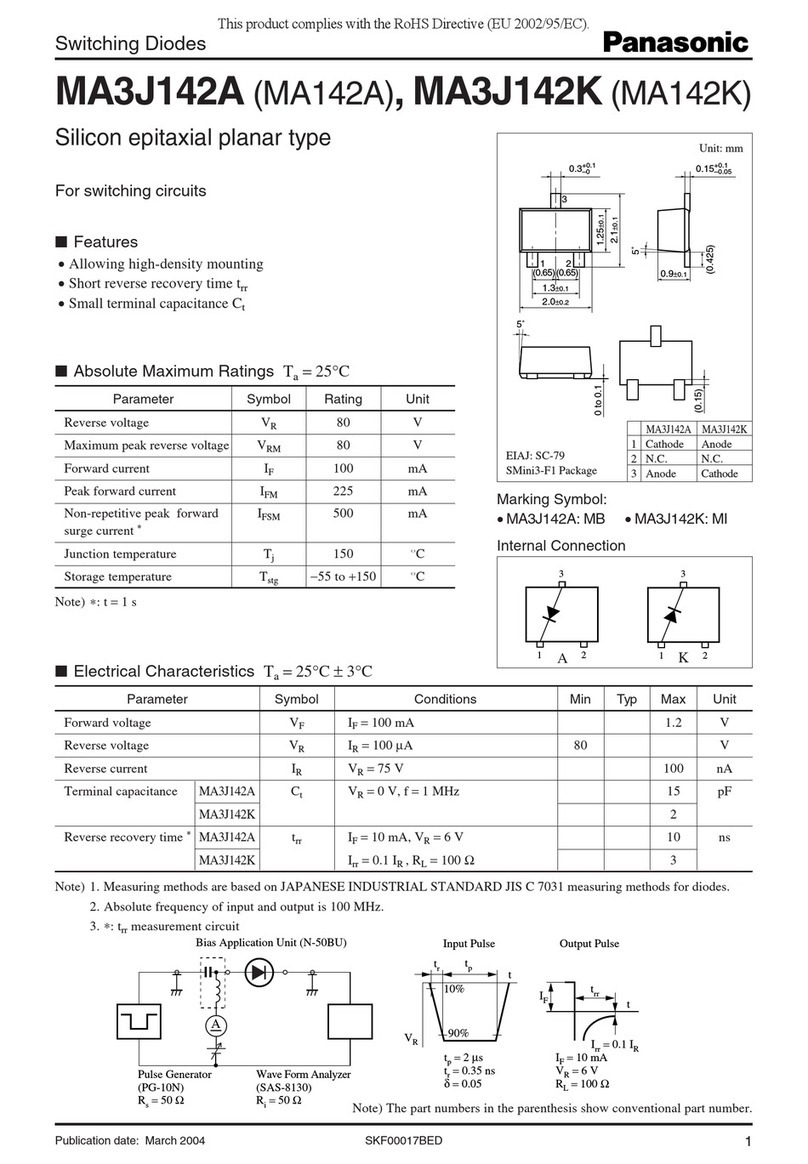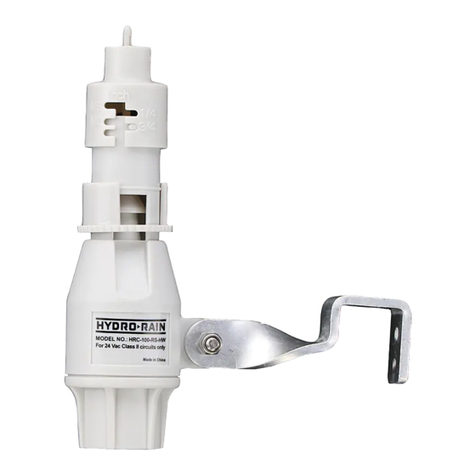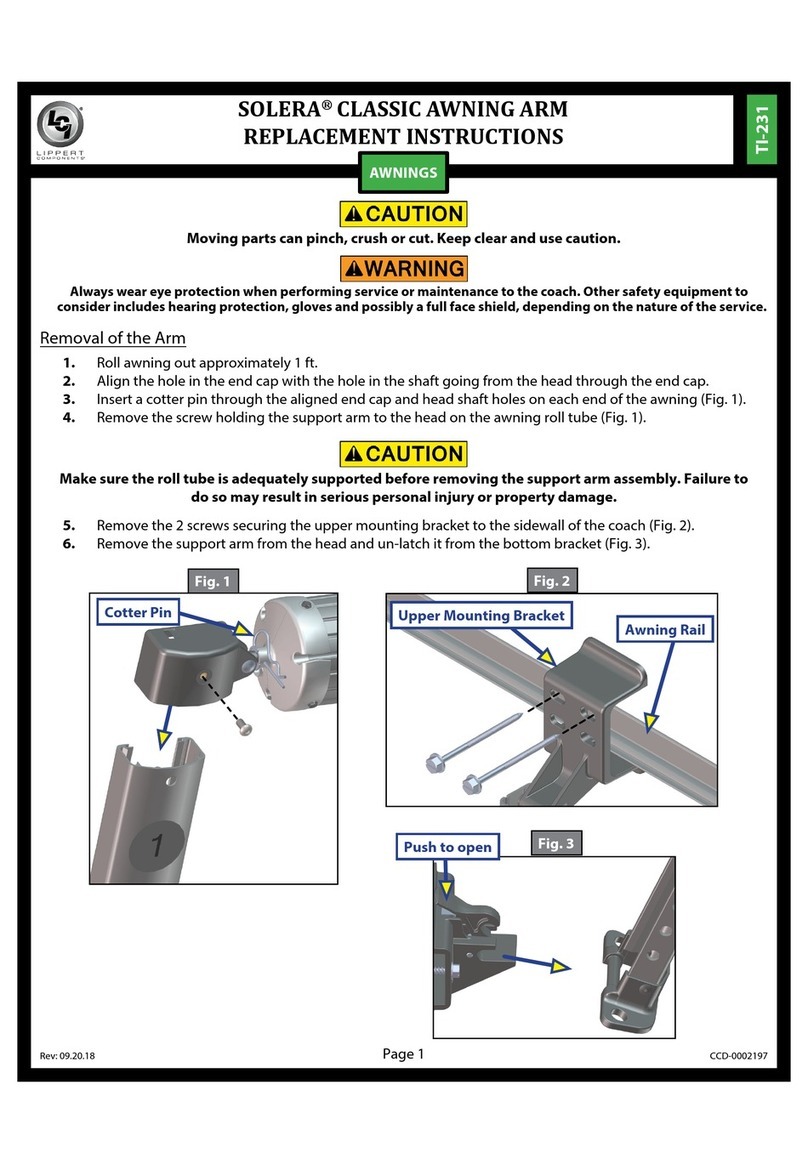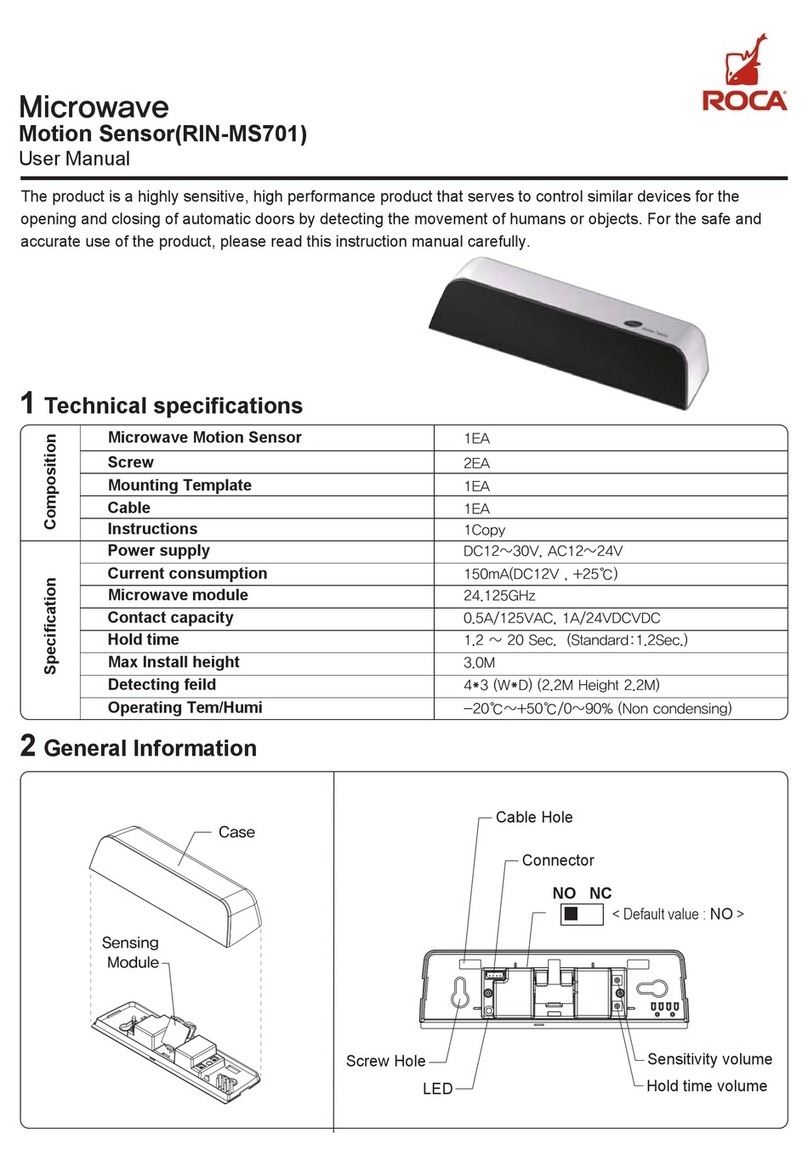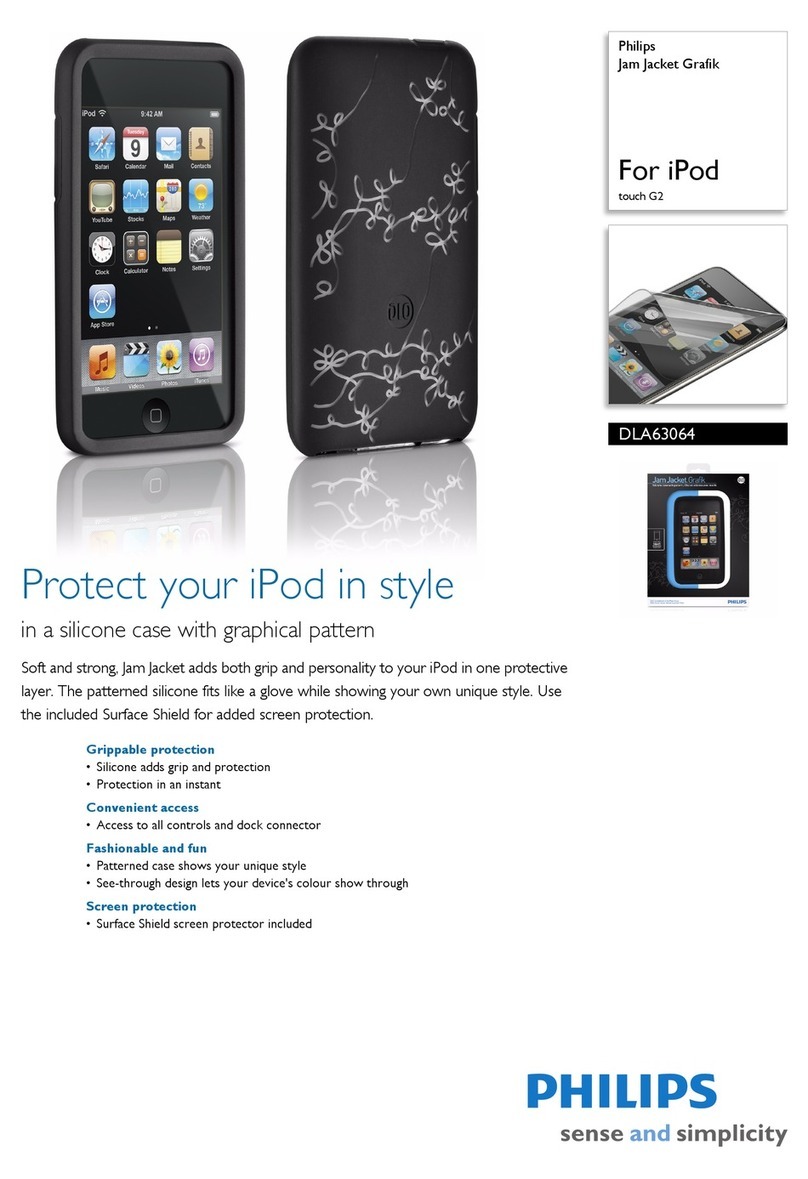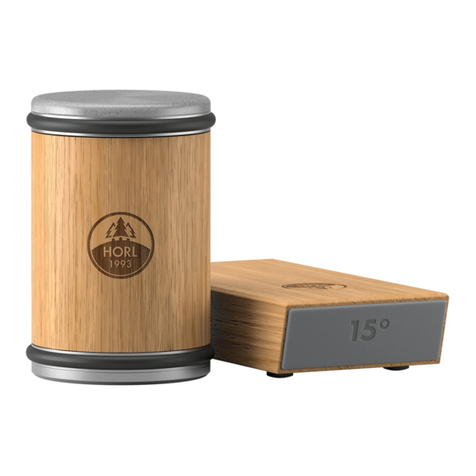Keithley 2000-Scan User manual

Model 2000-Scan Scanner Card
Instruction Manual
A GREATER MEASURE OF CONFIDENCE

WARRANTY
Keithley Instruments, Inc. warrants this product to be free from defects in material and workmanship for a
period of 1 year from date of shipment.
Keithley Instruments, Inc. warrants the following items for 90 days from the date of shipment: probes, cables,
rechargeable batteries, diskettes, and documentation.
During the warranty period, we will, at our option, either repair or replace any product that proves to be defective.
To exercise this warranty, write or call your local Keithley representative, or contact Keithley headquarters in
Cleveland, Ohio. You will be given prompt assistance and return instructions. Send the product, transportation
prepaid, to the indicated service facility. Repairs will be made and the product returned, transportation prepaid.
Repaired or replaced products are warranted for the balance of the original warranty period, or at least 90 days.
LIMITATION OF WARRANTY
This warranty does not apply to defects resulting from product modification without Keithley’s express written
consent, or misuse of any product or part. This warranty also does not apply to fuses, software, non-rechargeable
batteries, damage from battery leakage, or problems arising from normal wear or failure to follow instructions.
THIS WARRANTY IS IN LIEU OF ALL OTHER WARRANTIES, EXPRESSED OR IMPLIED,
INCLUDING ANY IMPLIED WARRANTY OF MERCHANTABILITY OR FITNESS FOR A PARTICULAR
USE. THE REMEDIES PROVIDED HEREIN ARE BUYER’S SOLE AND EXCLUSIVE REMEDIES.
NEITHER KEITHLEY INSTRUMENTS, INC. NOR ANY OF ITS EMPLOYEES SHALL BE LIABLE FOR
ANY DIRECT, INDIRECT, SPECIAL, INCIDENTAL OR CONSEQUENTIAL DAMAGES ARISING OUT OF
THE USE OF ITS INSTRUMENTS AND SOFTWARE EVEN IF KEITHLEY INSTRUMENTS, INC., HAS
BEEN ADVISED IN ADVANCE OF THE POSSIBILITY OF SUCH DAMAGES. SUCH EXCLUDED
DAMAGES SHALL INCLUDE, BUT ARE NOT LIMITED TO: COSTS OF REMOVAL AND
INSTALLATION, LOSSES SUSTAINED AS THE RESULT OF INJURY TO ANY PERSON, OR DAMAGE
TO PROPERTY.
Keithley Instruments, Inc.
28775 Aurora Road • Cleveland, Ohio 44139 • 440-248-0400 • Fax: 440-248-6168
1-888-KEITHLEY (534-8453) • www.keithley.com
Sales Offices:
BELGIUM:
Bergensesteenweg 709 • B-1600 Sint-Pieters-Leeuw • 02-363 00 40 • Fax: 02-363 00 64
CHINA:
Yuan Chen Xin Building, Room 705 • 12 Yumin Road, Dewai, Madian • Beijing 100029 • 8610-82251886 • Fax: 8610-82251892
FINLAND:
Halsuantie 2 • 00420 Helsinki, Finland • 09-53 06 65 60 • Fax: 09-53 06 65 65
FRANCE:
3, allée des Garays • 91127 Palaiseau Cédex • 01-64 53 20 20 • Fax: 01-60 11 77 26
GERMANY:
Landsberger Strasse 65 • 82110 Germering • 089-84 93 07-40 • Fax: 089-84 93 07-34
GREAT BRITAIN:
Unit 2 Commerce Park, Brunel Road • Theale, Berkshire RG7 4AB • 0118 -929 75 00 • Fax: 0118- 929 75 19
INDIA:
1/5, Eagles Street • Langford Town • Bangalore 560 025 • 080 212 80-27 • Fax: 080 212 80 05
ITALY:
Viale San Gimignano, 38 • 20146 Milano • 02-48 39 16 01 • Fax: 02-48 30 22 74
JAPAN:
New Pier Takeshiba North Tower 13F • 11-1, Kaigan 1-chome • Minato-ku, Tokyo 105-0022 • 81-3-5733-7555 • Fax: 81-3-5733-7556
KOREA:
2FL., URI Building • 2-14 Yangjae-Dong • Seocho-Gu, Seoul 137-888 • 82-2-574-7778 • Fax: 82-2-574-7838
NETHERLANDS:
Postbus 559 • 4200 AN Gorinchem • 0183-63 53 33 • Fax: 0183-63 08 21
SWEDEN:
c/o Regus Business Centre • Frosundaviks Allé 15, 4tr • 16970 Solna • 08-50 90 46 00 • Fax: 08-655 26 10
TAIWAN:
13F-3, NO. 6, Lane 99, Pu-Ding Road, Hsinchu, Taiwan, ROC. • 886-3-572-9077 • Fax: 886-3-572-9031
5/03

Model 2000-SCAN Scanner Card
Instruction Manual
©1994, Keithley Instruments, Inc.
All rights reserved.
Cleveland, Ohio, U.S.A.
Fifth Printing, July 2003
Document Number: 2000-SCAN-901-01 Rev. E

Manual Print History
The print history shown below lists the printing dates of all Revisions and Addenda created
for this manual. The Revision Level letter increases alphabetically as the manual undergoes sub-
sequent updates. Addenda, which are released between Revisions, contain important change in-
formation that the user should incorporate immediately into the manual. Addenda are numbered
sequentially. When a new Revision is created, allAddenda associated with the previous Revision
of the manual are incorporated into the new Revision of the manual. Each new Revision includes
a revised copy of this print history page.
Revision A (Document Number 2000-SCAN-901-01) ........................................... November 1994
Revision B (Document Number 2000-SCAN-901-01) ............................................. February 1995
Addendum B (Document Number 2000-SCA-901-02) .................................................. April 1995
Addendum B (Document Number 2000-SCA-901-03) .......................................... December 1995
Revision C (Document Number 2000-SCAN-901-01) .................................................... May 1998
Revision D (Document Number 2000-SCAN-901-01)................................................... April 1999
Revision E (Document Number 2000-SCAN-901-01) ..................................................... July 2003
All Keithley product names are trademarks or registered trademarks of Keithley Instruments, Inc.
Other brand names are trademarks or registered trademarks of their respective holders.

The following safety precautions should be observed before using this product and any associated instrumentation. Although
some instruments and accessories would normally be used with non-hazardous voltages, there are situations where hazardous
conditions may be present.
This product is intended for use by qualified personnel who recognize shock hazards and are familiar with the safety precautions
required to avoid possible injury. Read and follow all installation, operation, and maintenance information carefully before
using the product. Refer to the manual for complete product specifications.
If the product is used in a manner not specified, the protection provided by the product may be impaired.
The types of product users are:
Responsible body
is the individual or group responsible for the use and maintenance of equipment, for ensuring that the equip-
ment is operated within its specifications and operating limits, and for ensuring that operators are adequately trained.
Operators
use the product for its intended function. They must be trained in electrical safety procedures and proper use of the
instrument. They must be protected from electric shock and contact with hazardous live circuits.
Maintenance personnel
perform routine procedures on the product to keep it operating properly, for example, setting the line
voltage or replacing consumable materials. Maintenance procedures are described in the manual. The procedures explicitly state
if the operator may perform them. Otherwise, they should be performed only by service personnel.
Service personnel
are trained to work on live circuits, and perform safe installations and repairs of products. Only properly
trained service personnel may perform installation and service procedures.
Keithley products are designed for use with electrical signals that are rated Measurement Category I and Measurement Category
II, as described in the International Electrotechnical Commission (IEC) Standard IEC 60664. Most measurement, control, and
data I/O signals are Measurement Category I and must not be directly connected to mains voltage or to voltage sources with
high transient over-voltages. Measurement Category II connections require protection for high transient over-voltages often
associated with local AC mains connections. Assume all measurement, control, and data I/O connections are for connection to
Category I sources unless otherwise marked or described in the Manual.
Exercise extreme caution when a shock hazard is present. Lethal voltage may be present on cable connector jacks or test fixtures.
The American National Standards Institute (ANSI) states that a shock hazard exists when voltage levels greater than 30V RMS,
42.4V peak, or 60VDC are present.
A good safety practice is to expect that hazardous voltage is present in any unknown
circuit before measuring.
Operators of this product must be protected from electric shock at all times. The responsible body must ensure that operators
are prevented access and/or insulated from every connection point. In some cases, connections must be exposed to potential
human contact. Product operators in these circumstances must be trained to protect themselves from the risk of electric shock.
If the circuit is capable of operating at or above 1000 volts,
no conductive part of the circuit may be exposed.
Do not connect switching cards directly to unlimited power circuits. They are intended to be used with impedance limited
sources. NEVER connect switching cards directly to AC mains. When connecting sources to switching cards, install protective
devices to limit fault current and voltage to the card.
Before operating an instrument, make sure the line cord is connected to a properly grounded power receptacle. Inspect the
connecting cables, test leads, and jumpers for possible wear, cracks, or breaks before each use.
When installing equipment where access to the main power cord is restricted, such as rack mounting, a separate main input
power disconnect device must be provided, in close proximity to the equipment and within easy reach of the operator.
For maximum safety, do not touch the product, test cables, or any other instruments while power is applied to the circuit under
test. ALWAYS remove power from the entire test system and discharge any capacitors before: connecting or disconnecting
S
afety Precautions
5/03

cables or jumpers, installing or removing switching cards, or making internal changes, such as installing or removing jumpers.
Do not touch any object that could provide a current path to the common side of the circuit under test or power line (earth) ground.
Always make measurements with dry hands while standing on a dry, insulated surface capable of withstanding the voltage being
measured.
The instrument and accessories must be used in accordance with its specifications and operating instructions or the safety of the
equipment may be impaired.
Do not exceed the maximum signal levels of the instruments and accessories, as defined in the specifications and operating
information, and as shown on the instrument or test fixture panels, or switching card.
When fuses are used in a product, replace with same type and rating for continued protection against fire hazard.
Chassis connections must only be used as shield connections for measuring circuits, NOT as safety earth ground connections.
If you are using a test fixture, keep the lid closed while power is applied to the device under test. Safe operation requires the use
of a lid interlock.
If a screw is present, connect it to safety earth ground using the wire recommended in the user documentation.
The symbol on an instrument indicates that the user should refer to the operating instructions located in the manual.
The symbol on an instrument shows that it can source or measure 1000 volts or more, including the combined effect of
normal and common mode voltages. Use standard safety precautions to avoid personal contact with these voltages.
The symbol indicates a connection terminal to the equipment frame.
The
WARNING
heading in a manual explains dangers that might result in personal injury or death. Always read the associated
information very carefully before performing the indicated procedure.
The
CAUTION
heading in a manual explains hazards that could damage the instrument. Such damage may invalidate the
warranty.
Instrumentation and accessories shall not be connected to humans.
Before performing any maintenance, disconnect the line cord and all test cables.
To maintain protection from electric shock and fire, replacement components in mains circuits, including the power transformer,
test leads, and input jacks, must be purchased from Keithley Instruments. Standard fuses, with applicable national safety
approvals, may be used if the rating and type are the same. Other components that are not safety related may be purchased from
other suppliers as long as they are equivalent to the original component. (Note that selected parts should be purchased only
through Keithley Instruments to maintain accuracy and functionality of the product.) If you are unsure about the applicability
of a replacement component, call a Keithley Instruments office for information.
To clean an instrument, use a damp cloth or mild, water based cleaner. Clean the exterior of the instrument only. Do not apply
cleaner directly to the instrument or allow liquids to enter or spill on the instrument. Products that consist of a circuit board with
no case or chassis (e.g., data acquisition board for installation into a computer) should never require cleaning if handled accord-
ing to instructions. If the board becomes contaminated and operation is affected, the board should be returned to the factory for
proper cleaning/servicing.
!

Table of Contents
1 General Information
Introduction ................................................................................ 1-2
Features ...................................................................................... 1-2
Warranty information ................................................................. 1-2
Manual addenda ......................................................................... 1-3
Safety symbols and terms .......................................................... 1-3
Specifications ............................................................................. 1-3
Unpacking and inspection .......................................................... 1-4
Inspection for damage ......................................................... 1-4
Handling precautions .......................................................... 1-4
Shipment contents ............................................................... 1-4
Instruction manual .............................................................. 1-4
Repacking for shipment ............................................................. 1-4
2 Card Connections and Installation
Introduction ................................................................................ 2-2
Handling precautions ................................................................. 2-2
Connections ................................................................................ 2-3
Connection precautions ....................................................... 2-3
Card configuration .............................................................. 2-4
Card connectors .................................................................. 2-5
Wiring procedure ................................................................ 2-6
Output connections ............................................................. 2-7
Dressing leads ..................................................................... 2-8
Typical connecting schemes ...................................................... 2-9
Voltage connections ............................................................ 2-9
Resistance connections ..................................................... 2-10
Current measurements ...................................................... 2-12
Card installation and removal .................................................. 2-15
Scanner Card Installation .................................................. 2-16
Output connections to multimeter ..................................... 2-17
Scanner card removal ........................................................ 2-18

3 Operation
Introduction ................................................................................ 3-2
Signal limitations ........................................................................ 3-3
Relay input signal limitations .............................................. 3-3
Scanner card detection ................................................................ 3-3
Power-up detection .............................................................. 3-3
Scanner option bus query .................................................... 3-3
Model 2000 Multimeter front panel scanner controls and
SCPI scanner commands ......................................................... 3-4
Closing channels ................................................................. 3-4
Opening channels ................................................................ 3-4
Selecting measurement function ......................................... 3-5
Configuring scan parameters ............................................... 3-5
SCPI scanner commands ............................................................ 3-7
Model 2001/2002 front panel scanner controls and
SCPI scanner commands ......................................................... 3-8
Closing channels ................................................................. 3-8
Opening channels ................................................................ 3-9
Scanning channels ............................................................. 3-10
Using the scanner with the buffer ..................................... 3-13
RTD temperature measurements .............................................. 3-14
Typical applications .................................................................. 3-16
Resistor testing .................................................................. 3-16
Current measurements ....................................................... 3-19
Measurement considerations .................................................... 3-20
Path isolation ..................................................................... 3-20
Magnetic fields .................................................................. 3-21
Electromagnetic interference (EMI) .................................. 3-21
Ground loops ..................................................................... 3-22
Keeping connectors clean .................................................. 3-23
4 Service Information
Introduction ................................................................................ 4-2
Handling and cleaning precautions ............................................ 4-2
Handling precautions ........................................................... 4-2
Soldering precautions .......................................................... 4-3
Performance verification ............................................................ 4-3
Environmental conditions ................................................... 4-3
Recommended equipment ................................................... 4-4
Scanner card connections .................................................... 4-4
Path resistance tests ............................................................. 4-4
Contact potential tests ......................................................... 4-6
Isolation tests ....................................................................... 4-8

Special handling of static-sensitive devices ............................. 4-11
Principles of operation ............................................................. 4-11
Block diagram ................................................................... 4-11
Relay control ..................................................................... 4-12
Switching circuits .............................................................. 4-12
Power-on safeguard .......................................................... 4-12
Troubleshooting ....................................................................... 4-13
Troubleshooting equipment .............................................. 4-13
Troubleshooting access ..................................................... 4-13
Troubleshooting procedure ............................................... 4-14
5 Replaceable Parts
Introduction ................................................................................ 5-2
Parts list ...................................................................................... 5-2
Ordering information ................................................................. 5-2
Factory service ........................................................................... 5-2
Component layout and schematic diagram ................................ 5-3
A Specifications

List of Illustrations
2 Card Connections and Installation
Figure 2-1 Model 2000-SCAN simplified schematic .............................. 2-4
Figure 2-2 Card connectors ...................................................................... 2-5
Figure 2-3 Output connections ................................................................. 2-7
Figure 2-4 Routing wires through cable clamp ........................................ 2-8
Figure 2-5 Connections for voltage scanning .......................................... 2-9
Figure 2-6 Typical connections for 2-wire resistance scanning ............ 2-10
Figure 2-7 Typical connections for 4-wire resistance scanning ............ 2-11
Figure 2-8 Current shunt locations ........................................................ 2-12
Figure 2-9 Current connections ............................................................. 2-14
Figure 2-10 Card installation ................................................................... 2-16
Figure 2-11 2-pole output connections .................................................... 2-17
Figure 2-12 4-pole output connections .................................................... 2-18
3 Operation
Figure 3-1 2-wire resistance test connections ........................................ 3-16
Figure 3-2 4-wire resistance test connections ........................................ 3-17
Figure 3-3 Combining 2-pole and 4-pole switching
(Model 2001/2002) ......................................................... 3-18
Figure 3-4 Connections for current measurements ................................ 3-19
Figure 3-5 Path isolation resistance ....................................................... 3-20
Figure 3-6 Voltage attenuation by path isolation resistance .................. 3-21
Figure 3-7 Power line ground loops ....................................................... 3-22
Figure 3-8 Eliminating ground loops ..................................................... 3-22
4 Service Information
Figure 4-1 Connections for path resistance checks .................................. 4-5
Figure 4-2 Connections for contact potential tests .................................. 4-7
Figure 4-3 Connections for same-channel isolation tests ........................ 4-8
Figure 4-4 Connections for channel-to-channel isolation tests ................ 4-9
Figure 4-5 Connections for HI and LO terminal to chassis ground
isolation tests .................................................................. 4-10
Figure 4-6 Block diagram ...................................................................... 4-11

List of Tables
3 Operation
Table 3-1 Summary of SCPI scanner commands ................................... 3-7
4 Service Information
Table 4-1 Recommended verification equipment .................................. 4-4
Table 4-2 Recommended troubleshooting equipment ......................... 4-13
Table 4-3 Troubleshooting procedure .................................................. 4-14


1
General
Information
General
Information

Introduction
This section contains general information about the Model 2000-SCAN scanner card. The
Model 2000-SCAN provides 10 channels of 2-pole relay switching. The channels can be con-
figured for 4-pole operation.
Section 1 is arranged in the following manner:
Features
Warranty information
Manual addenda
Safety symbols and terms
Specifications
Unpacking and inspection
Repacking for shipment
Features
The Model 2000-SCAN is a scanner card designed to be installed in the Model 2000 Multi-
meter, Model 2001 Multimeter, and Model 2002 Multimeter.
Key features include:
• Ten channels of 2-pole relay input.
• Channels configurable for 4-pole operation.
• Multiplex one of ten 2-pole, or one of five 4-pole channels into a Model 2000/2001/2002
Multimeter.
Warranty information
Warranty information is located at thew front of this instruction manual. Should your Model
2000-SCAN require warranty service, contact the Keithley representative or authorized repair
facility in your area for further information. When returning the scanner card for repair, be sure
to fill out and include the service form at the back of this manual in order to provide the repair
facility with the necessary information.
1-2 General Information

Manual addenda
Any improvements or changes concerning the scanner card or manual will be explained in an
addendum included with the card. Addenda are provided in a page replacement format. Simply
replace the obsolete pages with the new pages.
Safety symbols and terms
The following symbols and terms may be found on an instrument or used in this manual.
The symbol on an instrument indicates that the user should refer to the operating
instructions located in the instruction manual.
The symbol on an instrument shows that high voltage may be present on the terminal(s).
Use standard safety precautions to avoid personal contact with these voltages.
The
WARNING
heading used in this manual explains dangers that might result in personal
injury or death. Always read the associated information very carefully before performing the
indicated procedure.
The
CAUTION
heading used in this manual explains hazards that could damage the scanner
card. Such damage may invalidate the warranty.
Specifications
Model 2000-SCAN specifications are found in Appendix A. These specifications are exclu-
sive of the multimeter specifications.
!
General Information 1-3

Unpacking and inspection
Inspection for damage
The Model 2000-SCAN is packaged in a re-sealable, anti-static bag to protect it from damage
due to static discharge and from contamination that could degrade its performance. Before
removing the card from the bag, observe the precautions below on handling.
Handling precautions
• Always grasp the card by the side edges and covers. Do not touch the board surfaces or
components.
• When the card is not installed in a multimeter, keep the card in the anti-static bag, and
store it in the original packing carton. After removing the card from its anti-static bag,
inspect it for any obvious signs of physical damage. Report any such damage to the ship-
ping agent immediately.
Shipment contents
The following items are included with every Model 2000-SCAN order:
• Model 2000-SCAN Scanner Card
• Model 2000-SCAN Instruction Manual
• CA-109 test lead set for output connections (two red, two black)
• Additional accessories as ordered
Instruction manual
If an additional Model 2000-SCAN Instruction Manual is required, order the manual pack-
age, Keithley part number 2000-SCAN-901-00. The manual package includes an instruction
manual and any pertinent addenda.
Repacking for shipment
Should it become necessary to return the Model 2000-SCAN for repair, carefully pack the
unit in its original packing carton or the equivalent, and include the following information:
• Advise as to the warranty status of the scanner card.
• Write ATTENTION REPAIR DEPARTMENT on the shipping label.
• Fill out and include the service form located at the back of this manual.
1-4 General Information

2
Card Connections
and Installation
Card Connec-
tions and Instal-
lation

Introduction
WARNING The procedures in this section are intended only for qualified service
personnel. Do not perform these procedures unless you are qualified to do so.
Failure to recognize and observe normal safety precautions could result in
personal injury or death.
This section includes information on making connections to the Model 2000-SCAN and on
installing the card in a Model 2000/2001/2002 Multimeter. This section is arranged as follows:
Handling precautions —
Explains precautions that must be followed to prevent
contamination to the scanner card assembly. Contamination could degrade the performance of
the scanner card.
Connections —
Covers the basics for connecting external circuitry to the scanner card.
Typical connection schemes —
Provides some typical connection schemes for 2-pole and
4-pole operation.
Card installation and removal —
Summarizes the procedure to install the scanner card in a
multimeter, outlines scanner card output connections, and describes how to remove the card.
Handling precautions
To maintain high impedance isolation between channels, care should be taken when handling
the scanner card to avoid contamination from such foreign materials as body oils. Such
contamination can substantially lower leakage resistances, degrading card performance. To
avoid possible contamination, always grasp the scanner card by the side edges or covers. Do not
touch board surfaces, components, or areas adjacent to electrical contacts.
Dirt build-up over a period of time is another possible source of contamination. To avoid this
problem, operate the multimeter and scanner card in a clean environment. If the card becomes
contaminated, it should be thoroughly cleaned as explained in Section 4 “Handling and cleaning
precautions”.
2-2 Card Connections and Installation

Connections
This paragraph provides the information necessary to connect your external test circuitry to
the scanner card.
NOTE
All connecting wires or leads must be connected to the card before it is installed in a
multimeter.
Connection precautions
WARNING Connection information for the Model 2000-SCAN is intended for qualified
service personnel. Do not attempt to connect the DUT or external circuitry
to a scanner card unless qualified to do so.
To prevent electric shock that could result in serious injury or death, adhere
to the following safety precautions:
• Before making or breaking connections to the scanner card, make sure
the DMM power is turned off and power is removed from all external
circuitry.
• Do not connect signals that will exceed the maximum specifications of the
scanner card.
If both the front panel terminals and the scanner card terminals are
connected at the same time, the maximum signal ratings of the front panel
terminals are reduced to the maximum signal ratings of the scanner card.
As described in the International Electrotechnical Commission (IEC)
Standard IEC 664, scanner cards are Installation Category I and must not
be connected to mains.
Card Connections and Installation 2-3
Section 2 Page 3 Thursday, August 7, 2003 12:08 PM

Card configuration
Figure 2-1 shows a simplified schematic diagram of the Model 2000-SCAN. The scanner
card has ten input channels and two outputs. Channels 1-10 are all switched by relays.
4-pole paired channels are as follows:
• Channels 1 and 6
• Channels 2 and 7
• Channels 3 and 8
• Channels 4 and 9
• Channels 5 and 10
HI
LO
Channel 1
HI
LO
Channel 2-4
Channel 5
HI
LO
Channel 6
HI
LO
Channel 7-9
Channel 10
HI
LO
OUT A
(To DMM input jacks)
OUT B
(To DMM sense jacks)
HI
LO
2-Pole4-Pole
User-installed
current shunt
User-installed
current shunt
F
igure 2-1
M
odel 2000-SCAN
simplified schematic
2-4 Card Connections and Installation
Other manuals for 2000-Scan
1
Table of contents
Popular Accessories manuals by other brands
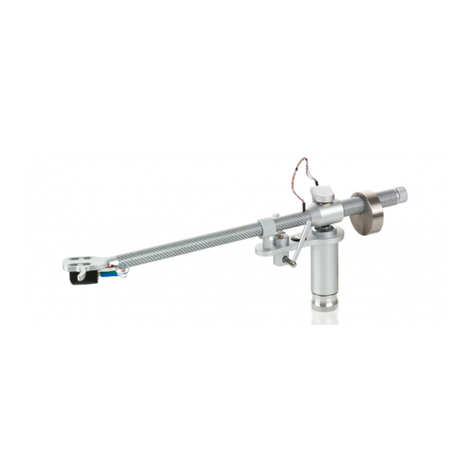
Clearaudio
Clearaudio Clarify user manual

Panasonic
Panasonic MA2J7290G Specification sheet
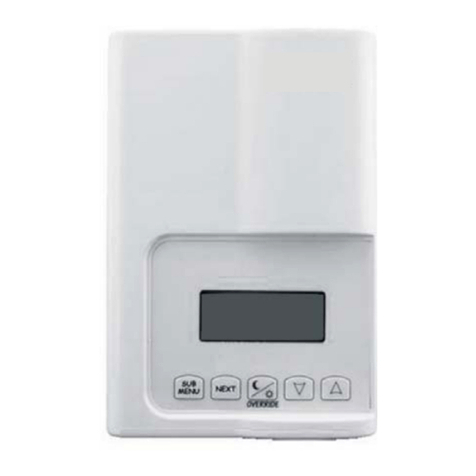
Johnson Controls
Johnson Controls LN Series installation instructions

Panasonic
Panasonic EQ-500 Series Specification sheet

BSS Audio
BSS Audio TCS 80X user manual
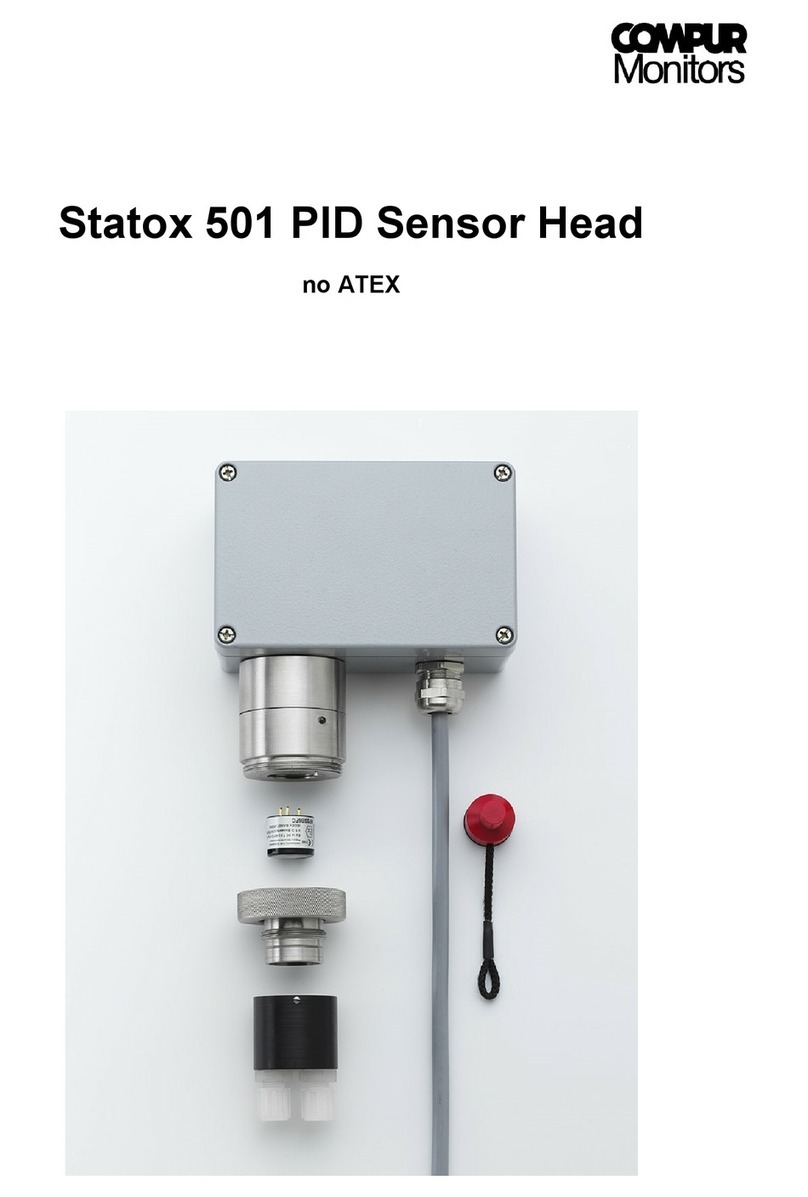
Compur Monitors
Compur Monitors Statox 501 Operation instructions
